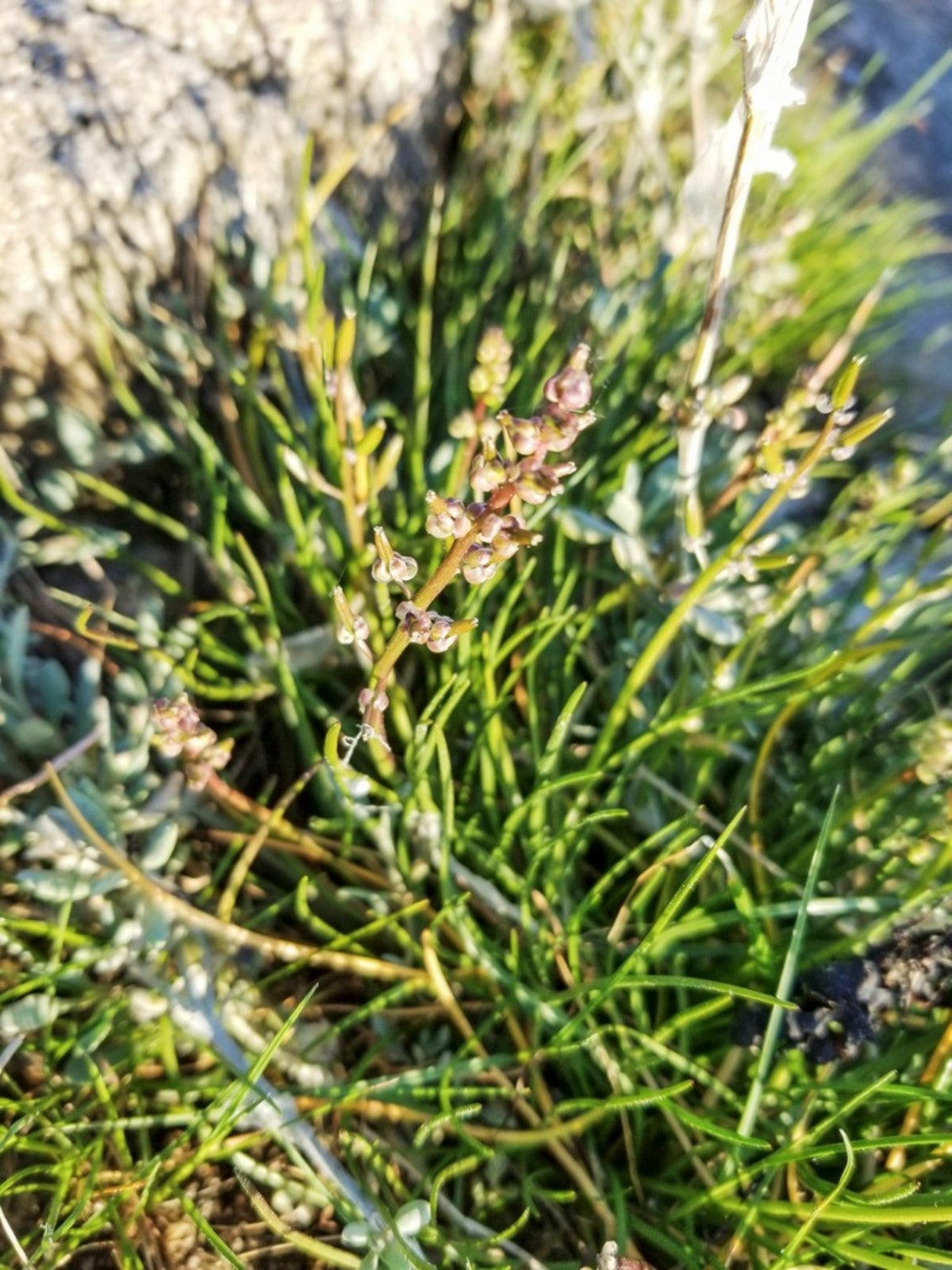What Is Arrowgrass – Seaside Arrowgrass Management


What is arrowgrass? Also known as common arrowgrass, shore arrowgrass, goose grass, pod grass, or seaside arrowgrass it is an aquatic or semi-aquatic plant that grows wild across much of southern Canada and the Northern U.S. It is also found in South America, Europe, and parts of Asia. Read on to learn about identifying along with tips on seaside arrowgrass management.
Identifying Seaside Arrowgrass: Arrowgrass Plant Information
Seaside arrowgrass is found in wet, alkaline soil including sandy beaches, tidal marshes, swamps, and bogs. It is also found in damp grasslands or irrigated pastures where grass is typically cut for hay. Unfortunately, seaside arrowgrass can be toxic to livestock.
A grassy plant with wand like blades, seaside arrowgrass emerges in early spring. At maturity the plant is generally between 8 and 30 inches (20-76 cm.) tall. Spikes of small green or purplish flowers rise above the plant in mid to late summer. It spreads by both rhizomes and seeds and may be annual or perennial.
Arrowgrass Plant Information: Toxicity
Seaside arrowgrass can produce cyanide and all parts of the plant are toxic. Ingestion of the grass primarily affects ruminants like sheep and cattle. Even small amounts can be deadly when mixed into hay, especially in young animals. The plant is particularly dangerous when wilted and somewhat less dangerous when the plant is dried.
Symptoms include rapid heart rate, severe difficulty breathing, salivation, staggering, muscular twitching, coma, and death and blood turns bright, cherry red. In some cases, the plant can cause sudden death with no warning.
Protecting Livestock: Seaside Arrowgrass Management
The USDA advises that livestock should be kept away from areas where growth of seaside arrowgrass has been delayed. The plant is most toxic when growth is stunted by frost, drought, or regrowth after harvest.
Seaside Arrowgrass Management: Chemical Control
You may be able to control common arrowgrass with metsulfuron, which is used for broadleaf weeds and some annual grasses. When used as directed metsulfuron has a low toxicity to birds, bees, fish, and earthworms. Toxicity to mammals, including humans, is low unless the metsulfuron is ingested in large quantities. Keep people and pets out of treated areas until the substance has dried.
Gardening tips, videos, info and more delivered right to your inbox!
Sign up for the Gardening Know How newsletter today and receive a free copy of our e-book "How to Grow Delicious Tomatoes".

A Credentialed Garden Writer, Mary H. Dyer was with Gardening Know How in the very beginning, publishing articles as early as 2007.
-
 My Homemade Orchid Fertilizer Always Brings More Blooms – Here's The Easy Recipe That Transforms Plants
My Homemade Orchid Fertilizer Always Brings More Blooms – Here's The Easy Recipe That Transforms PlantsScientist-turned-gardener Mary Ellen Ellis shares her tried-and-tested DIY orchid fertilizer recipe, plus more ingredients to try for healthy, happy plants.
By Mary Ellen Ellis
-
 Looking For Plants To Give You The Soft And Fuzzies? Try These 5 Fuzzy Leaf Plant Options
Looking For Plants To Give You The Soft And Fuzzies? Try These 5 Fuzzy Leaf Plant OptionsLovers of texture, drama, silver foliage and tactile plants will adore these special sensory garden additions. These fuzzy leaf plant options will leave you all aglow
By Susan Albert